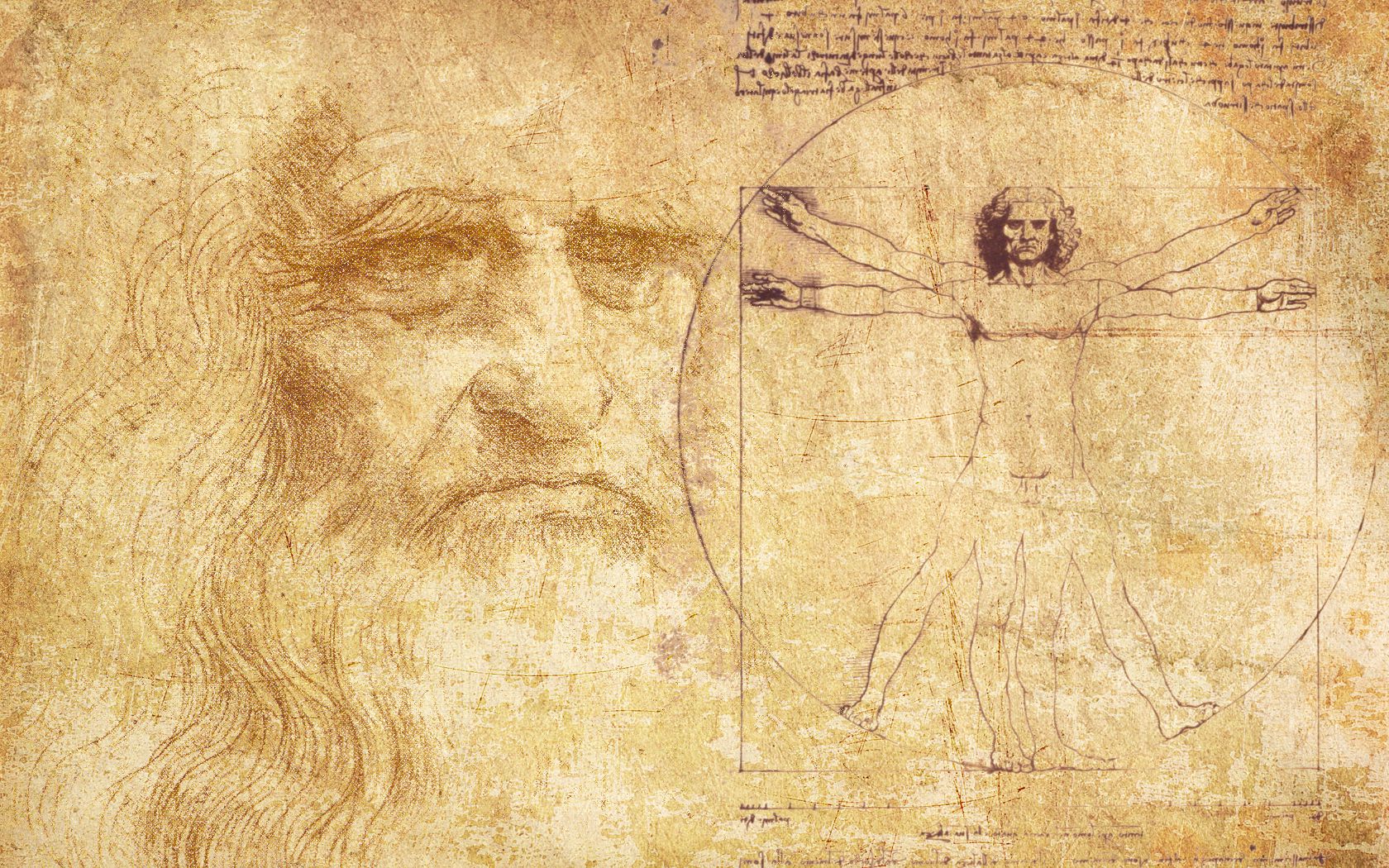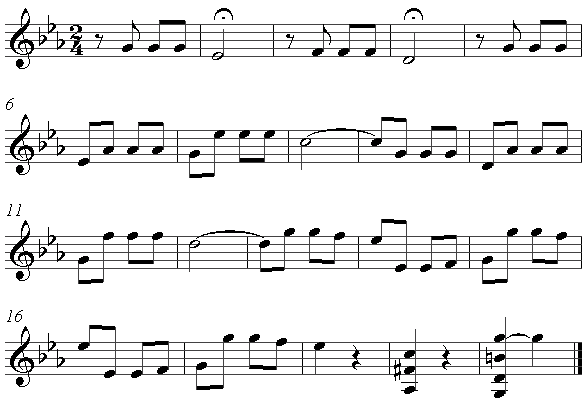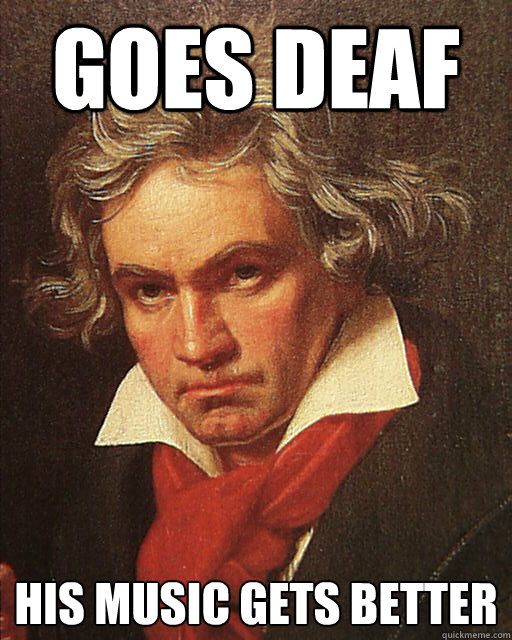Tuesday, May 7, 2013
Tuesday, April 30, 2013
Blog #10
Final Project
As I am strategically planning my final project that will summarize all that i have learned in this class, I am also thinking back to my other two projects, which were not easy to complete. My first project consisted of a hypertext, with links and pictures using Google Doc. My second project was in Prezi, where the reader simply had to continuously click one arrow to get to the next slide. With my final project, I want to incorporate a little bit of project one and a little of project two.
I was thinking of having my project to be a sum of my poems, that some how are connected to the inner emotional works of the body. For example, pain, grief etc. I will use Google Presentation for a picture of a body and there will be several links on the body. The reader will be able to click on , lets say the heart, and it will take them to a poem about love or heart disease etc. I will use Google Doc to put my text and be able to link it to Google Presentation.
I apologize that I did not put the link to my revision in a new post.
Red Riding Hood Revision
As I am strategically planning my final project that will summarize all that i have learned in this class, I am also thinking back to my other two projects, which were not easy to complete. My first project consisted of a hypertext, with links and pictures using Google Doc. My second project was in Prezi, where the reader simply had to continuously click one arrow to get to the next slide. With my final project, I want to incorporate a little bit of project one and a little of project two.
I was thinking of having my project to be a sum of my poems, that some how are connected to the inner emotional works of the body. For example, pain, grief etc. I will use Google Presentation for a picture of a body and there will be several links on the body. The reader will be able to click on , lets say the heart, and it will take them to a poem about love or heart disease etc. I will use Google Doc to put my text and be able to link it to Google Presentation.
I apologize that I did not put the link to my revision in a new post.
Red Riding Hood Revision
Blog #6
Reading "A Bibliographic Overview of Electronic Literature" by Amanda , has opened my eyes to the world of electronic literature. It is refreshing to read what others think of e-lit as well as giving readers a way to better understand it. For example, in the “Five Elements of Digital Literature,” Noah
Wardrip-Fruin explains that in order to fully understand e-lit the reader must be pay attention to the reading and interactive experience. I completely agree; I feel as though his advice can be used when also reading hard copy literature.
The article overall was interesting; Gould quoted many authors who had different opinions concerning electronic literature but can be used throughout my e-lit experience.
Questions:
-What is the minimal type of interaction an e-lit text can contain?
-What advice can you give to beginning e-lit readers and creators?
Tuesday, April 16, 2013
Blog #9
Little Red Riding Hood:
First told by Charles Perrault in 1697, the story was first read as a french story named "Le Petit Chaperon Rouge." Supposedly, someone had written the story before Perrault however, it was never recorded.
Background of story:
In December of 2000 Donna Leishman created an interactive flash retelling of the Little Red Riding Hood, publishing it on her site. Although the bases of the story remains the same (Red find wolf in grandma's bed etc.) there are some dark visuals that gives the reader a sense of darkness when interacting with the flash. (Notice how Leishman did not call the story Little Red Ridinghood, but instead RedRidingHood.) The interactive Red Riding Hood started off as a project for her academic study. Although she does not explain much about her work, she does explain the in-depth thinking the story will stimulate. The story of Red Riding Hood has its own twists and turns, making sure to keep the reader on their toes.
The page opens up with jazzy background music as a pair of sinister eyes emerge from a red colored background and the word "Red" appearing in black. The pair of eyes exposes a girl's face, giving the reader a clue of the theme of the story. The girl does not look very friendly and in fact looks a bit scary- almost like one of the characters from the cartoon Invader Zim. I also noticed that the page caption says "They are Evil." I will be completely honest, i was hesitant to continue with Leiman's work; I thought my computer was going to catch a bug or something. The intro is short- I clicked on the title and when I began to get impatient I clicked on "skip." The next page didn't give me any directions so I clicked on anything that I thought would take me to the story, which was the book hovering in a comment bubble.
Another page opened up with a woman and a black stripped arrow glowing, with a different type of background music. This is the part I began to get confused. I didn't know which page was the story. I went back to the page that I was previously, and the girl from that page had her eyes closed, very freaky.
I soon figured out that the second page was where the story was going to be told. The text starts off somewhat different from the original ittle red riding hood by saying "Once upon a not so far away..." Clicking on the text, I was than brought to an image of buildings. I scanned my mouse around the entire image and I found one link which than showed Red (the creepy girl at the beginning) and her mother (the woman who popped up when the second page opened up.) As the mother gives Red the basket I notice a picture in the background moving, which of course is the next link.
As Red is walking through the so called "forest" the wolf pops up behind her but she thinks nothing of it. At one point she stops in a field of flowers and somehow is sprayed with magical sleeping pollen When she falls, the reader has two choices giving the reader a chance to decide Red's fate. At first I thought that If i chose to wake her up, I would read a little bit more. However, I soon discovered that this was the only moment where I was able to decide Red's fate and both choices would take me quickly towards the end. The end of Red's story was a bit confusing to me. I think that the she ate the wolf instead of the wolf eating her.
According to Aurelea Manhood "Readers must integrate the images, sounds, and movements in Leishman’s piece with all that they think they know about Little Red Riding Hood in order to achieve visual and narrative closure as they work through RedRidingHood. For the novice reader of electronic literature, these interpretative maneuvers must be learned: This experience with electronic literature forced me to become a more in-depth reader and to not only focus on text [. . .] but also on music and images” (Manhood)
First told by Charles Perrault in 1697, the story was first read as a french story named "Le Petit Chaperon Rouge." Supposedly, someone had written the story before Perrault however, it was never recorded.
By: Donna Leishman
Background of story:
In December of 2000 Donna Leishman created an interactive flash retelling of the Little Red Riding Hood, publishing it on her site. Although the bases of the story remains the same (Red find wolf in grandma's bed etc.) there are some dark visuals that gives the reader a sense of darkness when interacting with the flash. (Notice how Leishman did not call the story Little Red Ridinghood, but instead RedRidingHood.) The interactive Red Riding Hood started off as a project for her academic study. Although she does not explain much about her work, she does explain the in-depth thinking the story will stimulate. The story of Red Riding Hood has its own twists and turns, making sure to keep the reader on their toes.
Theoretical ideas:
The author wanted to highlight some points that surround her thesis and it is up to the reader to figure them out. She wanted to try out "some mental gymnastics" by developing daring texts, visually enjoyable images, the reader being able to immediately identify the characters, and lastly the author wanted the reader to feel an equal tug between reading and interacting with the flash.
Thesis: Does the search for a link and clicking ruin the point of the narrative itself?
Another page opened up with a woman and a black stripped arrow glowing, with a different type of background music. This is the part I began to get confused. I didn't know which page was the story. I went back to the page that I was previously, and the girl from that page had her eyes closed, very freaky.
I soon figured out that the second page was where the story was going to be told. The text starts off somewhat different from the original ittle red riding hood by saying "Once upon a not so far away..." Clicking on the text, I was than brought to an image of buildings. I scanned my mouse around the entire image and I found one link which than showed Red (the creepy girl at the beginning) and her mother (the woman who popped up when the second page opened up.) As the mother gives Red the basket I notice a picture in the background moving, which of course is the next link.
As Red is walking through the so called "forest" the wolf pops up behind her but she thinks nothing of it. At one point she stops in a field of flowers and somehow is sprayed with magical sleeping pollen When she falls, the reader has two choices giving the reader a chance to decide Red's fate. At first I thought that If i chose to wake her up, I would read a little bit more. However, I soon discovered that this was the only moment where I was able to decide Red's fate and both choices would take me quickly towards the end. The end of Red's story was a bit confusing to me. I think that the she ate the wolf instead of the wolf eating her.
One of the interesting concepts of this flash is that the reader is able to interact- some my be hesitant like I was but nevertheless, with patience the reader will be able to get through it.
According to Aurelea Manhood "Readers must integrate the images, sounds, and movements in Leishman’s piece with all that they think they know about Little Red Riding Hood in order to achieve visual and narrative closure as they work through RedRidingHood. For the novice reader of electronic literature, these interpretative maneuvers must be learned: This experience with electronic literature forced me to become a more in-depth reader and to not only focus on text [. . .] but also on music and images” (Manhood)
Roberto Simanowksi describes RedRidingHood as a “hybridization of a traditional fairy-tale narrative: the wolf pre-existing as a picture in her diary, as a dealer at the ‘flesh market,’ an angel which does not stop to rescue her." Also states "Donna Leishman's Red Riding Hood is not in any event from the past and her defiant face if the mother holds out the basket, reveals all the trouble she has in her young life already.The accompanying guitar tones sing about her own song. Red Riding Hood is still going on, but her running is defiant. This person is, because there is no doubt, not only on the way to a problem, it has already got one." (Simanowksi)
http://www.hyperrhiz.net/hyperrhiz06/24-artist-statements/77-dissonance-in-multi-semiotic-landscapes
http://www.hyperrhiz.net/hyperrhiz06/24-artist-statements/77-dissonance-in-multi-semiotic-landscapes
Red Riding Hood Reflection
Project II
Pain is Weakness Leaving the Body, is an original villanelle poem of mine. It speaks about pain metaphorically coursing through a person's veins.
The reader must simply press the right arrow button on the bottom of the presentation. Please turn on your volume- not loud- and take your time reading the poem! Enjoy!
Blog #8
After viewing all of the tutorials, reading ways in which to make my own electronic literature I decided to use power point for my project. I will make one of my original poems come to life- I am excited to see the outcome and am preparing myself for the frustration ahead.
My poem is called "Pain is Weakness Leaving the Body." I want to focus on a human body and its inner works. As of now, I am envisioning veins moving through my video with the sound of blood rushing. I would like a small spiked ball (pain) moving through the veins as the reader is reading my poem. I will most likely have a heart beat as background music.
Questions for Dr. Flores:
-Can objects move from one place within a slide to another place when using powerpoint or prezi?
-How can one be able to make a e-lit work without making it seem like an actual powerpoint?
My poem is called "Pain is Weakness Leaving the Body." I want to focus on a human body and its inner works. As of now, I am envisioning veins moving through my video with the sound of blood rushing. I would like a small spiked ball (pain) moving through the veins as the reader is reading my poem. I will most likely have a heart beat as background music.
Questions for Dr. Flores:
-Can objects move from one place within a slide to another place when using powerpoint or prezi?
-How can one be able to make a e-lit work without making it seem like an actual powerpoint?
Tuesday, March 26, 2013
Blog #5
Hello!
These past few weeks have been rough to say the least. Project 1 was not easy at first, but in the end it was all worth while.
Peeping Tom is a fiction story revolving around three individuals that have the same interest. The reader will sense the easiness of the text, however, as he/she continues to navigate through the different pages the reader may become frustrated. Is there an end to this electronic text?
These past few weeks have been rough to say the least. Project 1 was not easy at first, but in the end it was all worth while.
Peeping Tom is a fiction story revolving around three individuals that have the same interest. The reader will sense the easiness of the text, however, as he/she continues to navigate through the different pages the reader may become frustrated. Is there an end to this electronic text?
Monday, March 4, 2013
Blog #4
As I described in my last blog, I would like to do an interactive type of hypertext. My entire project will revolve around one of my role models: Mozart/Beethoven (haven’t decided yet). Even though I find these musicians interesting, I would like to make them interesting for those who take the time to look over my project. I want to find that “it” factor that others will find interesting. So I have my research cut out for me! However, I think I will enjoy this.
As I was writing what you just read, my mind began to generate new ideas:
As I was writing what you just read, my mind began to generate new ideas:
*Another Idea I had was creating a hypertext with the focus of poems. I would have varias
poems in different links and somehow I would have them transition from one to another.
*One of my favorite ideas is collecting various quotes, whether it be about misery, love,
motivation or inspiration and I would give different explanations as to how people would perceive
the quote. The reader would eventually have to hover over a word to move to the next link. Of
course, there will be a connection to the word the reader will click on to go to the next link. The
point of my hypertext would be that everything and everyone is connected one way or another. I
would easily be connecting a love quote to a hate quote etc.
I dislike not sticking to one idea; It's frustrating! I think I would enjoy working on the quote idea however I would still like some insight or ideas my fellow classmates may have.
Blog #3
As soon as I went into the Google Drive and Google Doc demos I was instantly reminded of how Google works. I have past experience with the drive and the doc. The only issue I'm having is how will I be able to connect or link my pages from one to another. I think I need to experiment and also observe others as they connect their links. With guidance, my confusion shall pass!
Stir Fry Text by Jim Andrews gave me the idea of creating a hypertext that revolves around an artist's accomplishments and overall hobbies- almost like a "did you know" learning experience. For example, Leonardo Da Vinci had many titles in his lifetime; Not only was he a painter but also a sculptor, architect, musician mathematician, engineer, inventor, anatomist, geologist, cartographer, botanist, and writer. So as I am speaking of his remarkable contribution to the human world the reader would be clicking on links on that specific page. My hypertext would include the Mona Lisa and what the painting represents. The reader would have to click on the woman's eye to go to the next page. I would obviously find a way to transition to each page and link. As of now my idea is in the thinking process, so if there are any suggestions feel free to comment below.
Stir Fry Text by Jim Andrews gave me the idea of creating a hypertext that revolves around an artist's accomplishments and overall hobbies- almost like a "did you know" learning experience. For example, Leonardo Da Vinci had many titles in his lifetime; Not only was he a painter but also a sculptor, architect, musician mathematician, engineer, inventor, anatomist, geologist, cartographer, botanist, and writer. So as I am speaking of his remarkable contribution to the human world the reader would be clicking on links on that specific page. My hypertext would include the Mona Lisa and what the painting represents. The reader would have to click on the woman's eye to go to the next page. I would obviously find a way to transition to each page and link. As of now my idea is in the thinking process, so if there are any suggestions feel free to comment below.
Or Beethovan
Monday, February 25, 2013
Blog #2
The Jew's Daughter was very confusing to me. I was trying to understand the full story however, every time I hovered the mouse over the blue letter the texts would change. Honestly, I did not like it at all. I became too confused and frustrated.
The little Red Riding Hood story was interesting. When I first opened the link her eyes were the first objects I noticed appearing from the blood red background. As the girl's face appeared, I began to get frightened; her facial expression reminded me of the daughter in the Adams family. The story was very short yet entertaining. I enjoyed choosing what would happen to Red.
A Rough Draft Outline:
-A woman who has her whole life ahead of her, is a stripper.
-The story will sort of have the set up of the story Little Red Riding Hood.
-The reader will have to decided which road the stripper should take.
-There will be moments where she will have the chance to walk away from her life as a stripper etc.
The little Red Riding Hood story was interesting. When I first opened the link her eyes were the first objects I noticed appearing from the blood red background. As the girl's face appeared, I began to get frightened; her facial expression reminded me of the daughter in the Adams family. The story was very short yet entertaining. I enjoyed choosing what would happen to Red.
A Rough Draft Outline:
-A woman who has her whole life ahead of her, is a stripper.
-The story will sort of have the set up of the story Little Red Riding Hood.
-The reader will have to decided which road the stripper should take.
-There will be moments where she will have the chance to walk away from her life as a stripper etc.
Tuesday, February 12, 2013
Blog Assignment #1
As soon as I clicked on the link to "Twelve Blue" by Michael Joyce, I could automatically see that this reading would be one that I was not used to. Once I hit that "begin" button, I knew I was in for a bit of a ride.
Even though the whole set-up was different from what I am used to, my patience was very short. As soon as I was on the page with the lines and the numbers on the bottom I clicked on my favorite number. However, as I started to read the story, I began to unfold and sort of let go of my impatience.
Overall, I enjoyed reading Joyce's work. Not only was it new to me personally but also I learned that there are other ways in which to write electronically. I feel for the creator of the work; I can tell by the way that the cite is set up it was not time consuming for the reader but also the creator of the artistic background.
Even though the whole set-up was different from what I am used to, my patience was very short. As soon as I was on the page with the lines and the numbers on the bottom I clicked on my favorite number. However, as I started to read the story, I began to unfold and sort of let go of my impatience.
Overall, I enjoyed reading Joyce's work. Not only was it new to me personally but also I learned that there are other ways in which to write electronically. I feel for the creator of the work; I can tell by the way that the cite is set up it was not time consuming for the reader but also the creator of the artistic background.
Subscribe to:
Posts (Atom)














